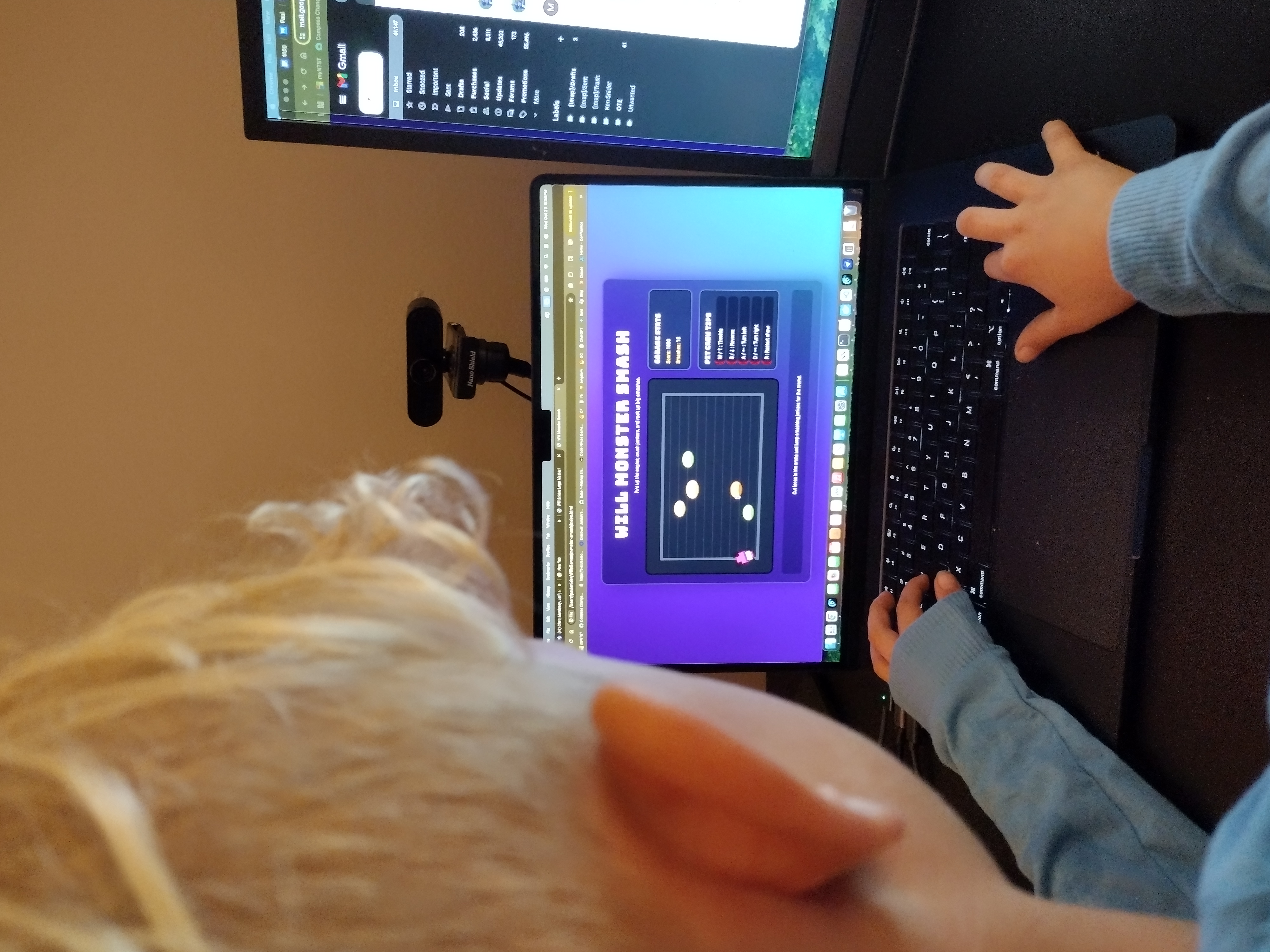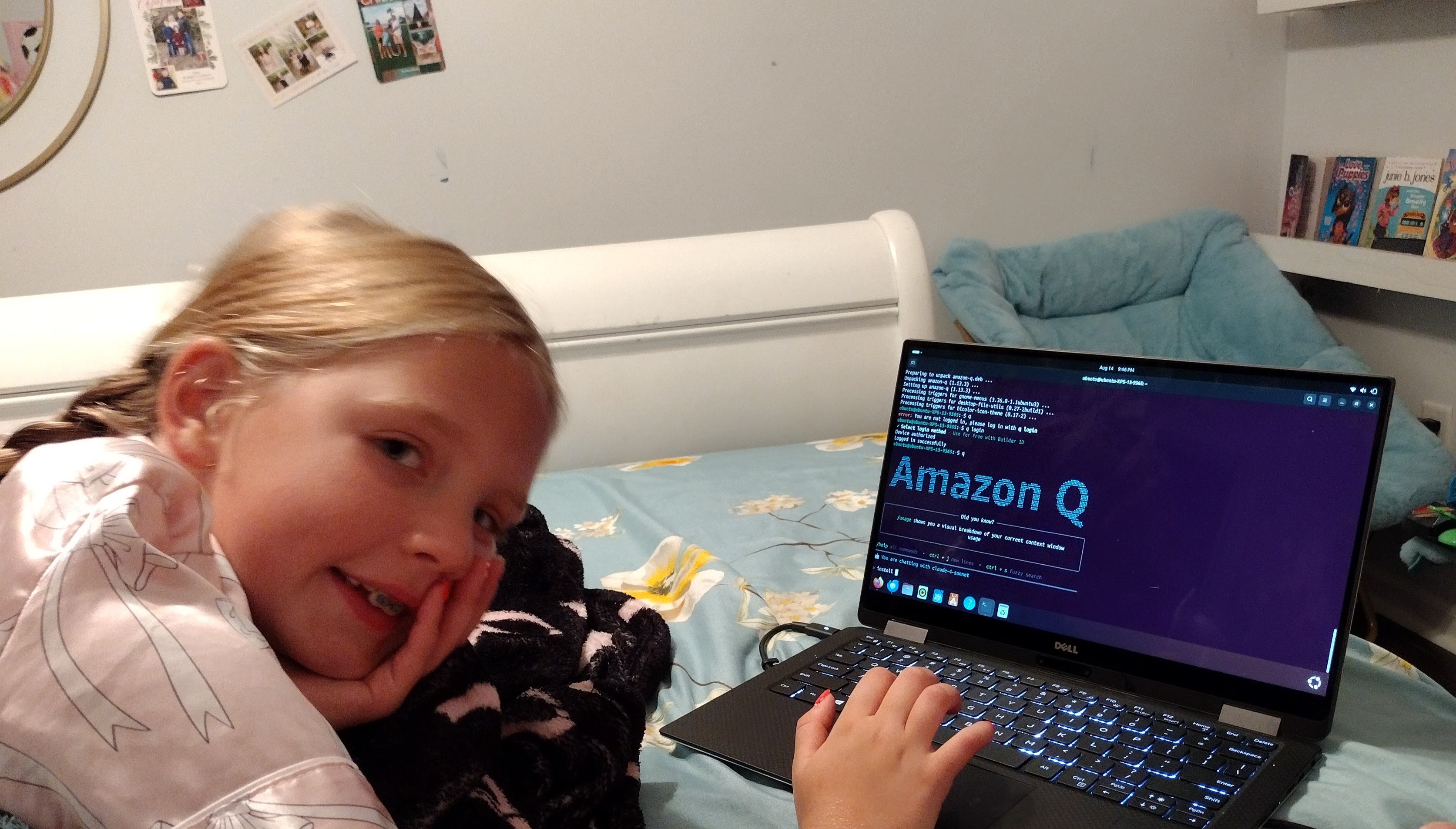One night after Will brushed his teeth he asked, “Dad, can we vibe code before bed?” Forty-five minutes later we had Will's Arcade—two browser games, neon buttons, and a control pad he could tap on his tablet. Nothing fancy, just Codex helping us stitch together HTML and JavaScript while we sat on the floor.
What We Mean by “Vibe Coding”
Vibe coding is just our excuse to sit side-by-side and make something fast. We scribble ideas on scrap paper, ask Codex for a starter layout, and tweak until Will nods. If he yawns, we ship whatever we have and call it a win.
- Will Snider Lego Master! – A tighter, touch-friendly builder inspired by the bins of bricks scattered across our living room. Play it in the browser.
- Will Monster Smash – A neon arena where tilting arrow pads let Will drift a cartoon truck around junkers. Jump into the action.
The games run entirely in HTML5 canvas with a splash of JavaScript. The mobile controls came from a quick Codex prompt—no frameworks, just a couple of buttons wired into the same functions as the arrow keys.
How We Built It Together
We started with Codex spitting out a basic HTML shell, then pasted in the JavaScript for falling bricks. Will picked the colors, named the pieces (“Skate Plate” is all him), and demanded the monster truck have a SMASH button. My role was mostly copy, paste, tweak, and test.
- Prompt Codex. “Give me a simple Lego-style stacking game in HTML and JavaScript.”
- Tweak the details. Change colors, add a title, shrink the canvas, wire a tap-friendly button.
- Play immediately. If Will can’t use it, we adjust and re-run the same prompt with one sentence of feedback.
“If it takes longer than a snack break to add, let’s ship it and play.” — Will, age 6
Sharing the Source
Both games live in the open. Clone the project, remix the art, and keep your own kid-in-the-loop sessions going. Everything is just plain HTML, CSS, and JavaScript so you can read it with your kids.
The repo includes the original Lego builder, the monster truck arena, and a landing page that ties everything together. We kept the code readable so Will can trace through it as his skills grow.
Why It Matters
This wasn’t about teaching loops or collision detection—though he picked up plenty. It was about giving Will a place where his ideas make it onto a screen. We shipped in one sitting because the scope stayed tiny and the tools stayed simple.
If you’re looking for a bedtime project with your kids, steal our format. Pick a theme they love, keep the scope tiny, and celebrate every deploy.



